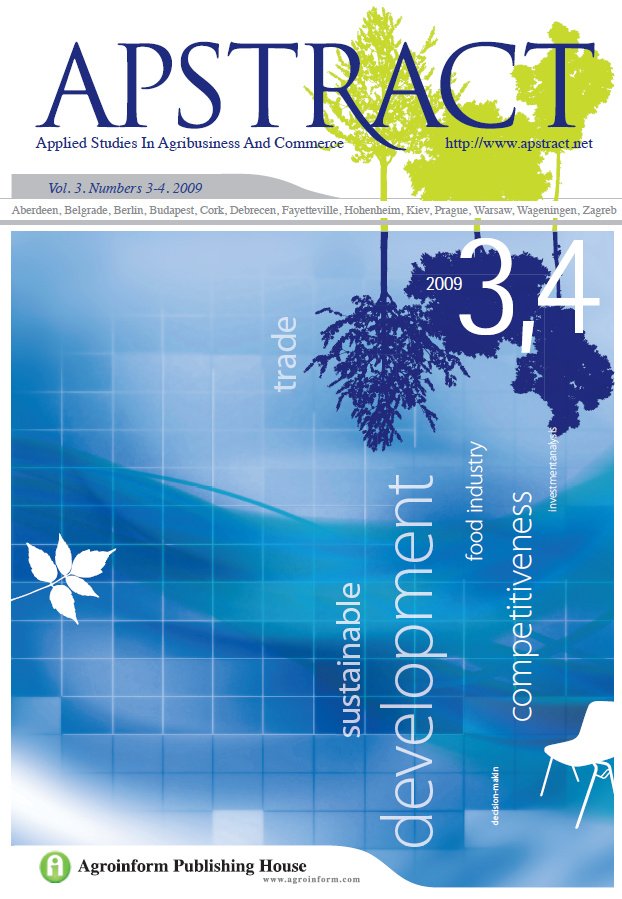Changes in costs of precision nutrition depending on crop rotation
Authors
View
Keywords
How To Cite
Abstract
By applying precision nutrition the yield heterogeneity owing to the different features of soil spots can be taken into consideration. The planned and sprayed fertilizer adjusted to the expected yield rendered to soil spots can reduce the negative effects of artificial chemicals on soil and environment. The aim of this paper is to examine how the quantity and the cost of fertilizer (material and operational) will change on spot level on a certain plot during a five-year period, considering crop rotation, too. The following crops are in the rotation: winter wheat, corn and sunflower. Precision nutrition can be used in all the cultures mentioned above. Our earlier (static) model calculations have revealed that the threshold price of precision production was lower by 31% than in conventional technology. So it is necessary to explore for a longer period how the profitability of precision nutrition reacts to the changes in input and yield prices in different crops. The risk receptivity of precision nutrition can be characterized with the help of price sensitive analyses. Effects on profitability of other technological elements are not analysed in this paper.


 https://doi.org/10.19041/APSTRACT/2009/3-4/13
https://doi.org/10.19041/APSTRACT/2009/3-4/13




